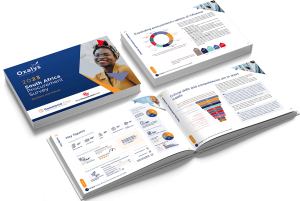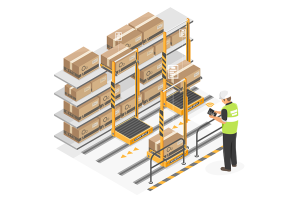 To get better quality data, it is essential to change behaviour – and to do that you need to have the right information tools at your fingertips. Purchasing Index’s Alan Low tells SmartProcurement that structuring data in a more meaningful way is only half of the success.
To get better quality data, it is essential to change behaviour – and to do that you need to have the right information tools at your fingertips. Purchasing Index’s Alan Low tells SmartProcurement that structuring data in a more meaningful way is only half of the success.
Since the inception of PI in 1997 the most common complaint we hear from Procurement Managers is about the poor quality of data within their organisations. Since the ‘death’ of internal coding functions in the late 1990s, many organisations have seen an increase in ‘free text’ spend for a variety of reasons, not least business units’ desire to use different suppliers.
Over the years PI has seen most of its larger clients embark on coding and other initiatives to make spend data more structured and meaningful. Some of these have been more successful than others, but, without continuity, the good work gets eroded quickly as users go back to their old ways. In essence coding is a continual exercise, rather like painting a bridge.
However, that in itself is not enough. PI believes that changing behaviour within the organisation is a critical part of improving the visibility of spend and compliance and, through this, the quality of data. When it comes to spending the organisation’s money, without the ability to see who is doing what, there can be no long-term solution.
To do that requires the use of modern technology – a system, such as Procuretrak, which allows users to create instant, ad hoc reports in a highly graphical form. This gives Procurement management the ability to challenge errant behaviour, communicate with specific departments or individuals and, if necessary, change processes or systems to accommodate user’s needs. It also makes users aware that working outside the designated policies and procedures will be identified and questioned.
The other use of these modern, top-down, instant and user-driven information systems is to enable Procurement and Finance to prioritise what needs to be amended. Without a system that allows you to change and filter views on spend, it is impossible to decide how to use the organisation’s limited resources to deliver maximum value.
A simple example of this would be identifying suppliers whose BEE status is unknown, sorting that in descending order of value, eliminating suppliers that are not relevant (i.e. utilities), and allocating someone to call those suppliers in descending order of importance to get an up-to-date BEE accreditation. Currently can you do this in your organisation in less than five minutes?
Contact Alan Low on alan@pibenchmark.co.za for more information on data quality


























